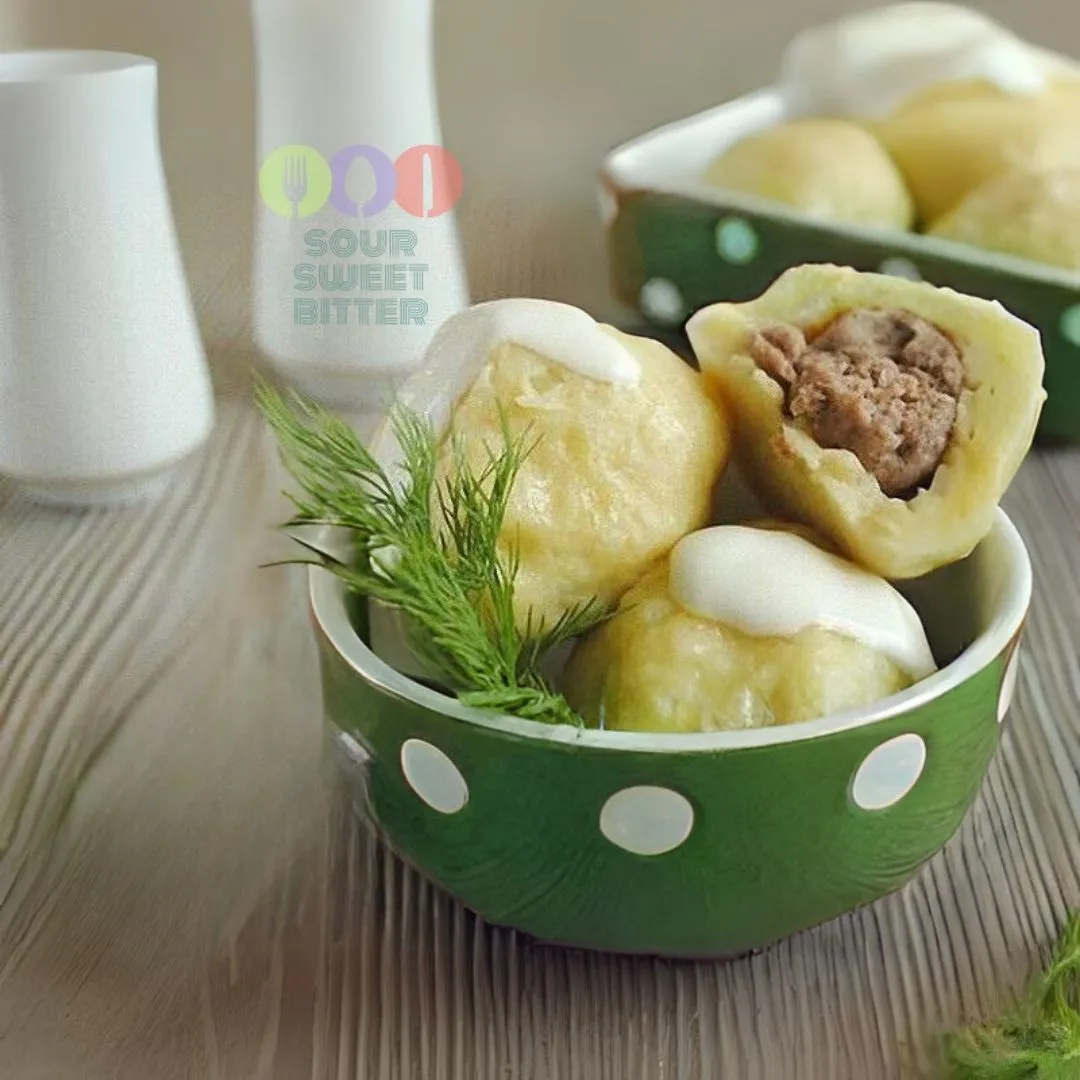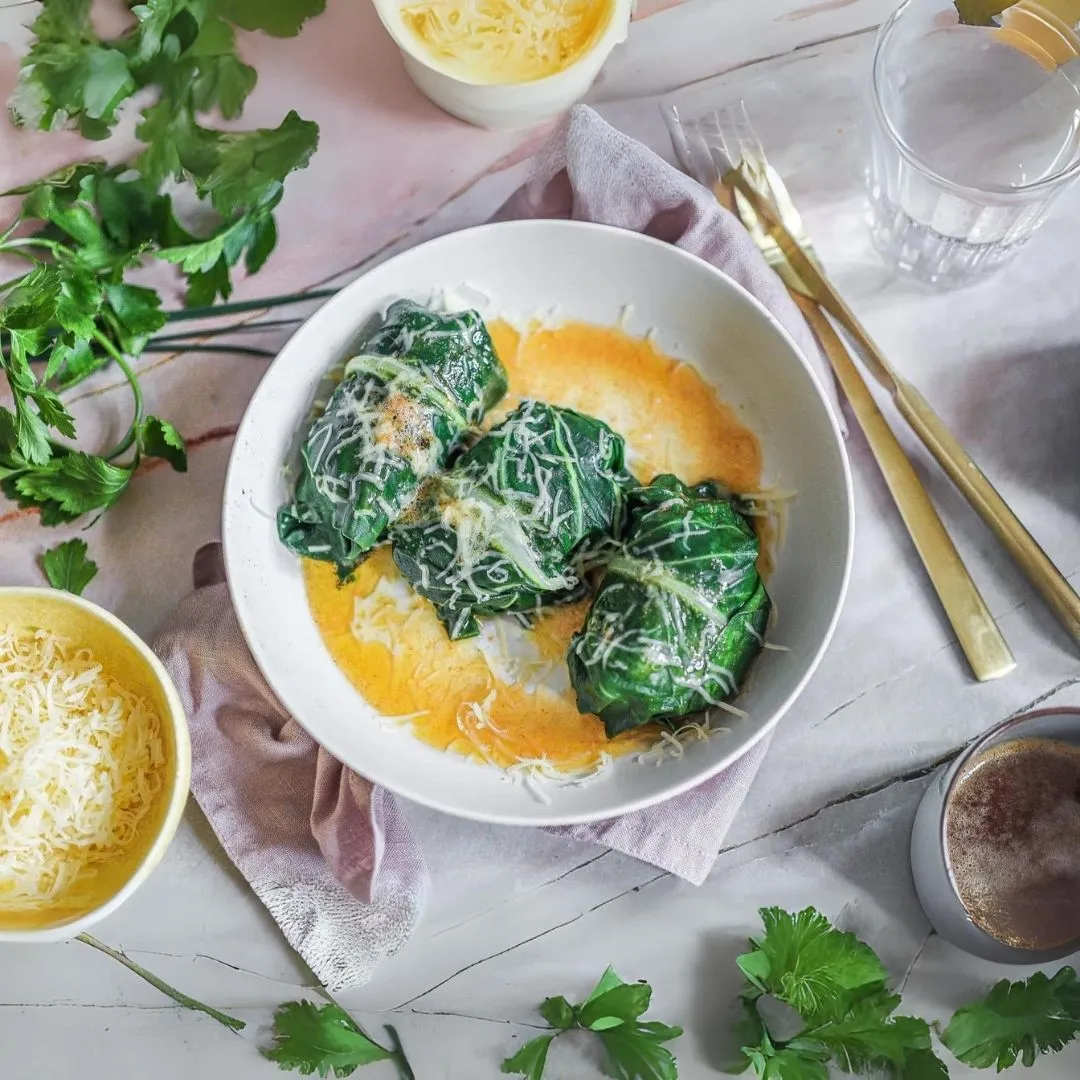The Ultimate Lebanese Kibbeh: A Timeless Middle Eastern Delight!
Discover the Magic of Lebanese Kibbeh
This dish is one of the most iconic in Lebanese cuisine. It offers a rich blend of textures and flavors that highlight Middle Eastern cooking. Made with bulgur wheat, ground meat, and fragrant spices, it holds a special place in many households. Whether baked, fried, or served raw, it remains a staple at family gatherings, festive occasions, and everyday meals. Its combination of crunch and tenderness makes it a must-try for food lovers everywhere.
A Dish Rooted in Tradition and History
The origins of this dish date back to ancient times. Variations are found across the Levant, but Lebanon is considered the home of the most traditional version. Originally created to stretch basic ingredients like bulgur and meat, it evolved over generations. As a result, it became a symbol of hospitality, often served during feasts, weddings, and celebrations. In essence, it represents warmth, community, and tradition.
Kibbeh’s Many Forms: Baked, Fried, or Raw
One exciting aspect of this dish is its versatility. There are several versions, each offering a unique taste and texture.
- Baked Version (Kibbeh bil Sanieh): This popular version layers dough and a spiced meat filling in a baking dish. As a result, it becomes crispy on the outside, yet tender and flavorful inside.
- Fried Version: These football-shaped pieces are stuffed with seasoned meat and fried until crispy. Therefore, they make a delicious appetizer or snack.
- Raw Version (Kibbeh Nayyeh): This traditional version is served raw, similar to steak tartare. Made with finely ground lamb or beef, mixed with bulgur, spices, and olive oil, it is often enjoyed with pita bread.
The Unique Ingredients that Make This Dish Special
This meal celebrates simple ingredients that come together to create extraordinary flavors. Bulgur wheat gives it a wholesome texture, while ground meat adds richness. Additionally, onions and spices like allspice, cinnamon, and pepper provide a warm, aromatic flavor. Furthermore, pine nuts, often added, offer a nutty crunch.
Olive oil or clarified butter enhances the richness of the dish. These ingredients, combined with careful preparation, create the perfect balance of flavors and textures.
The Tradition of Lebanese Hospitality
In Lebanese culture, food is not just sustenance; it’s a symbol of love and generosity. This dish perfectly embodies that tradition. It brings people together, whether at family dinners or festive gatherings. Preparing it is often a family affair, with recipes passed down through generations. Therefore, each family adds its own personal touch to the dish.
A Nutritious Comfort Food
Not only is it delicious, but it’s also nutritious. Bulgur wheat is rich in fiber and protein, making it a filling and wholesome meal. Additionally, ground meat provides essential nutrients like iron and B vitamins. Olive oil adds healthy fats that support heart health. Moreover, aromatic spices such as cinnamon and allspice bring antioxidants, which promote overall well-being. As a result, it’s a great option for those seeking comfort food without sacrificing nutrition.
Why This Dish Should Be on Your Must-Try List
Lebanese cuisine is more than just food—it’s an experience. The layers of flavor, the mix of textures, and the deep cultural history behind it make this dish a standout in Middle Eastern cooking. Whether you’re new to this type of food or a long-time fan, it offers a taste of authentic flavors and tradition that is sure to impress.
Ultimately, serve it at your next gathering or special occasion and discover why this dish remains a beloved classic in Lebanese households and beyond.
Discover Traditional Lebanese Recipes Discover Traditional Asian Recipes You may like this also: Belarusian Kletski
Lebanese Kibbeh
Ingredients
For the Kibbeh Dough:
For the Filling:
For Assembling:
Instructions
Prepare the Bulgur Wheat:
-
Rinse the bulgur wheat under cold water and drain well. Place the bulgur in a large bowl, cover with water, and let it soak for 30 minutes. Once the bulgur has softened, drain any excess water, and set it aside.
Make the Kibbeh Dough:
-
In a food processor, add the soaked bulgur, minced lean meat, chopped onion, cinnamon, allspice, black pepper, and salt. Process until everything is well combined and forms a smooth dough. If the mixture seems too dry, add a bit of ice water to help bind the ingredients together. The consistency should be soft and easy to spread.
-
Set the dough aside while you prepare the filling.
Prepare the Filling:
-
In a large skillet, heat the olive oil or clarified butter over medium heat. Add the chopped onions and cook until soft and translucent.
-
Add the minced meat to the skillet, breaking it up as it cooks. Stir in the cinnamon, allspice, black pepper, and salt. Cook until the meat is browned and cooked through.
-
Stir in the pine nuts (if using) and cook for another 2-3 minutes. Remove from heat and let the filling cool slightly.
Assemble the Kibbeh:
-
Preheat your oven to 180°C (350°F).
-
Divide the Kibbeh dough into two equal portions. Lightly grease a baking dish with olive oil.
-
Press one portion of the dough evenly into the bottom of the baking dish, about 1 cm thick. Wet your hands slightly with cold water to prevent sticking.
-
Spread the filling evenly over the base layer of the dough.
-
Take the second portion of the dough and carefully press it over the filling, smoothing it out to cover the top completely.
-
Use a sharp knife to score the top layer into diamond or square shapes. This helps with serving later.
-
Brush the top generously with olive oil.
Bake the Kibbeh:
-
Place the dish in the preheated oven and bake for 35-40 minutes, or until the top is golden brown and the edges are slightly crispy.
-
If you want a crispier top, you can broil the Kibbeh for the last 2-3 minutes of baking, but be sure to watch it closely to avoid burning.
Serve:
-
Remove the Kibbeh from the oven and let it rest for 10 minutes before serving. Cut along the scored lines and serve warm with a side of yogurt, salad, or pickled vegetables.
Note
Variations:
- Fried Kibbeh: Instead of baking, you can shape the Kibbeh dough into small football-shaped balls, stuff them with the filling, and deep fry them until golden and crispy.
- Raw Kibbeh (Kibbeh Nayyeh): This version is served raw, with the bulgur and meat dough mixed with olive oil and spices, typically accompanied by fresh herbs, onions, and pita bread.













